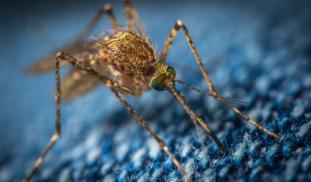Please wait...
About This Project
As of mid-2019, 87 countries have had or still have Zika cases, underlining the importance of this infectious disease. Zika virus can infect the uterus and later infect the infant during pregnancy, causing neurodevelopmental defects at birth. This study will model Zika infection in the lab using uterine mini-organs. We hypothesize that our specific antibodies can neutralize Zika virus in the uterus and thus prevent later transmission from pregnant mother to unborn child.

Browse Other Projects on Experiment
Related Projects
Toward ethical and affordable antivenom solutions: Can anti-toxin be animal cruelty-free?
Snakebite envenoming causes over 100,000 deaths annually, yet current antivenoms depend on animal plasma...
Microplastics: Can engineered enzymes remove microplastics from the human body?
Polyethylene terephthalate (PET) microplastics have been detected in human blood and tissues, and linked...
Shutting down cancer’s recycling system with exosome-based therapy
Pancreatic cancer is one of the deadliest cancers because its cells survive by recycling their own components...




